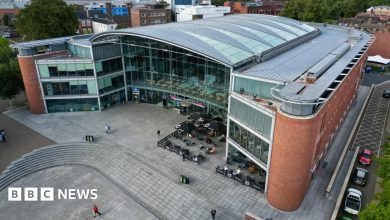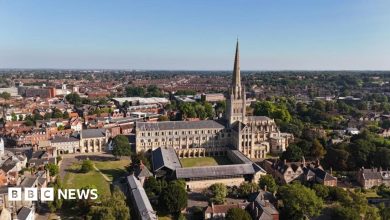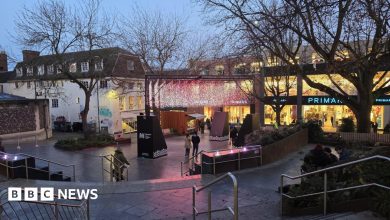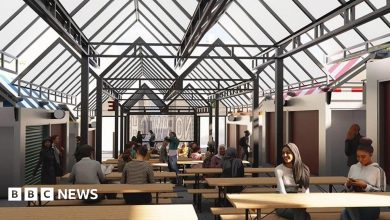Small grants, big difference: milestones celebrated at projects supported by minor repairs initiative
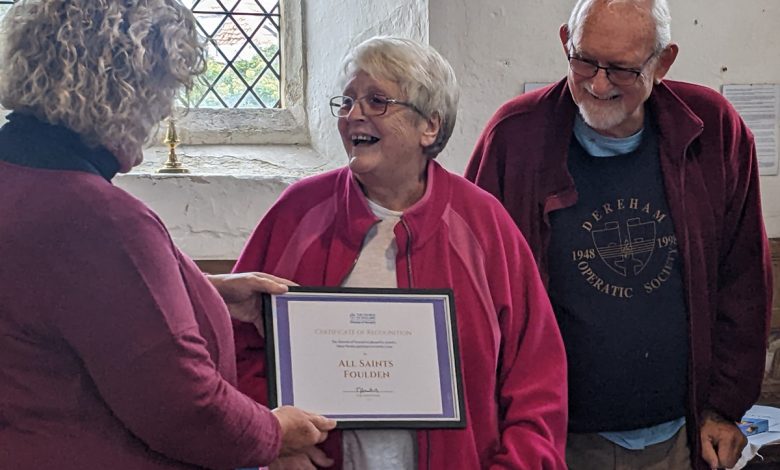
Celebrating Essential Repairs: How Small Fixes Make a Big Difference to Historic Churches
The Diocese of Norwich has recently celebrated a series of successful church repair projects supported by the Minor Repairs and Improvements grants programme. This £200,000 fund has proven to be a lifeline for 53 historic churches across the diocese, addressing seemingly small but critically important issues like leaking roofs, broken windows, and blocked drains. What might appear as minor problems on the surface could, if left unattended, threaten the structural integrity and future of these beloved community landmarks. The initiative embodies the wisdom of the old adage “a stitch in time saves nine,” preventing costly major repairs down the road through timely intervention.
To mark these achievements, Archdeacon of Lynn, The Venerable Catherine Dobson, and Diocesan Secretary, Tim Sweeting, embarked on a special tour of churches that have benefited from the programme. During their visits, they presented congratulatory certificates to churchwardens and Parish Church Council members, acknowledging their dedication and hard work in preserving these historic buildings. At All Saints in Foulden, Archdeacon Catherine expressed how the scheme “has made a huge difference” to churches throughout the diocese. She highlighted that the national funding from the Church Commissioners had supported vital repairs that keep historic church buildings watertight and prevent water damage—problems that, if neglected, could lead to extensive deterioration. Her appreciation extended to everyone working diligently across the diocese to care for their churches and the communities they serve.
Tim Sweeting’s visits to St. Mary’s in Marlingford and St. Botolph in Barford provided further opportunities to celebrate these preservation efforts. He acknowledged the unique challenge faced in the diocese, which is blessed with numerous historic churches whose maintenance places considerable demands on churchwardens, fabric officers, and volunteers. The fundamental philosophy behind the grant scheme is refreshingly practical—ensure small jobs aren’t delayed, preventing minor issues from evolving into major structural challenges that could threaten these buildings’ future. For Sweeting, meeting with church members and witnessing firsthand how these funds help maintain “much-loved historic places of worship” has been particularly rewarding, reinforcing the value of this proactive approach to building preservation.
The range of projects supported by the Minor Repairs and Improvements fund demonstrates the diversity of challenges faced by historic churches. At St. Botolph in Barford, funding addressed three chancel windows that were in danger of falling out and leaking—a relatively small issue that could have led to significant water damage and potentially dangerous structural failures. St. Mary Magdalene in Pentney received support for rainwater drains to prevent water from entering the church, while All Saints in Foulden used the grant to repair a vestry window in very poor condition and update wiring for lighting and heating systems. At St. Mary in Marlingford, the fund covered architect fees to enable ongoing preservation work. These examples illustrate how targeted interventions can address specific vulnerabilities before they escalate into more serious problems requiring extensive restoration.
The success of these projects lies not just in the financial support provided but in the collaborative approach to church building preservation. Churches seeking assistance from the Minor Repairs and Improvements fund work closely with the Diocese of Norwich’s Care and Development of Church Buildings team, which offers both funding guidance and specialized technical support. This partnership ensures that even small repair projects are approached with professional expertise, proper planning, and attention to the unique historical characteristics of each building. The diocese has further enhanced this support system by developing comprehensive resources available on their website, including a detailed Project Support Pack that guides church leaders through all stages of repair and maintenance projects they might encounter.
These church buildings represent far more than just physical structures; as Bishop Graham noted, they stand as “beacons of hope” across the diocese, bearing witness to humanity’s spiritual journey across generations past and present. The Minor Repairs and Improvements grants programme recognizes that preserving these sacred spaces requires a balance of practical maintenance and reverent stewardship. By addressing small issues before they become overwhelming problems, the programme enables these historic churches to continue serving as centers of community life and spiritual connection for years to come. The celebration of these repair milestones reflects a deeper appreciation for both the architectural heritage these buildings represent and the living communities that continue to care for and be nurtured by these sacred spaces. Through this thoughtful, preventative approach to preservation, the Diocese of Norwich is ensuring that these historic treasures remain vibrant parts of both the landscape and the spiritual life of their communities.




